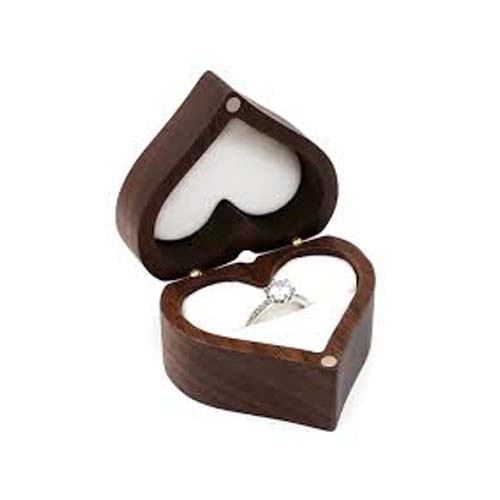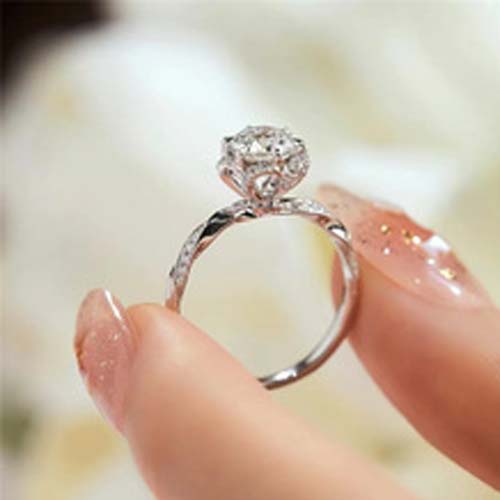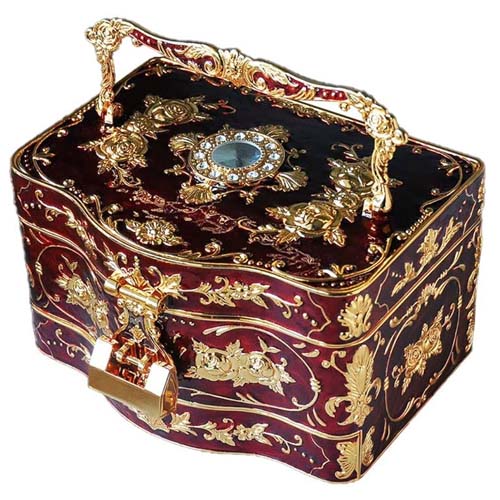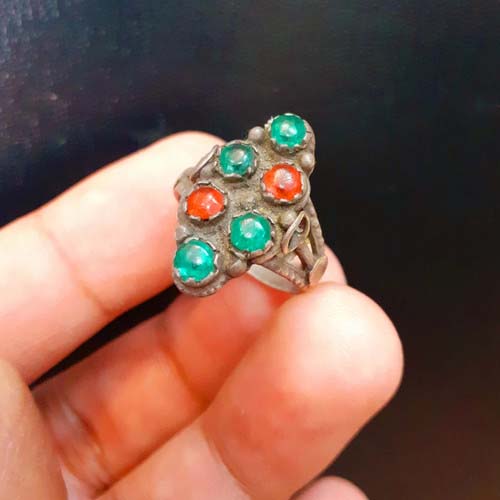The History of Moissanite French scientist Henri Moissan made the initial discovery of moissanite in 1893 after spotting it in an Arizona meteor crater. The crystals were eventually discovered to be made of silicon carbide after being initially misidentified as diamonds. Only trace amounts of natural moissanite can be found in meteorites and particular kinds of rock formations. Nowadays, almost all moissanite used in jewelry is lab-grown due to its scarcity, making it both affordable and eco-friendly.
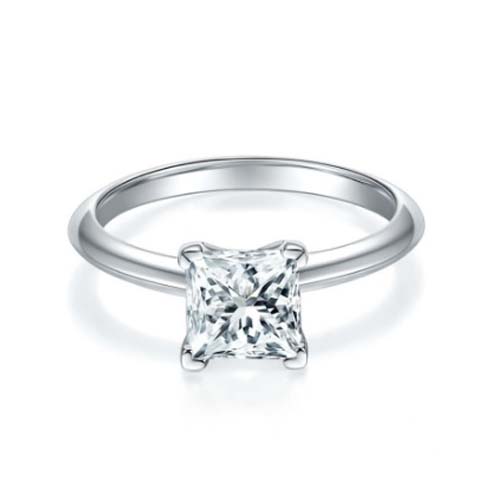
In the world of fine jewelry, moissanite ring jewelry, a stunning gemstone with brilliance comparable to diamonds, have been rapidly gaining favor. Moissanite is a captivating substitute for conventional gemstones because of its remarkable fire, toughness, and moral appeal. This article explores the history, characteristics, benefits, and factors to take into account while selecting moissanite for your next jewelry item.
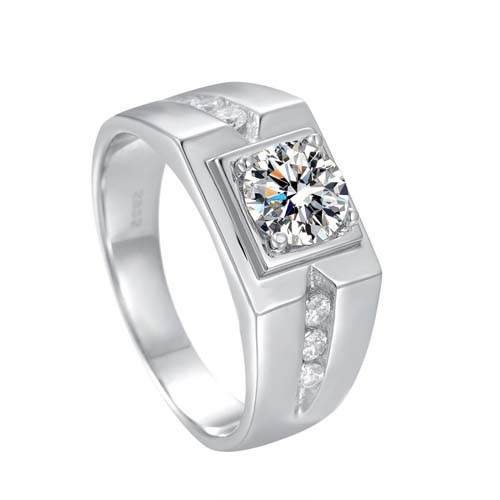
The characteristics of moissanite Because of its distinctive visual and physical characteristics, moissanite rings are a popular choice for a variety of jewelry designs. Important traits consist of:
- Brilliance: Moissanite sparkles and fires more than diamonds because of its higher refractive index (2.65). It is unparalleled in its capacity to transform light into spectrum hues.
- Durability: Moissanite has a Mohs hardness grade of 9.25, which is second only to diamonds (10). Because of this, it is scratch-resistant and appropriate for everyday use.
- Heat Resistance: Because of its ability to tolerate high temperatures, moissanite is a resilient choice for environments that might be subjected to heat, as during repairs.
- Clarity and Color: Lab-grown moissanites have remarkable clarity and are usually devoid of inclusions and flaws. Modern developments have created practically colorless variations that closely resemble diamonds, but early ones had a yellowish or greenish hue.
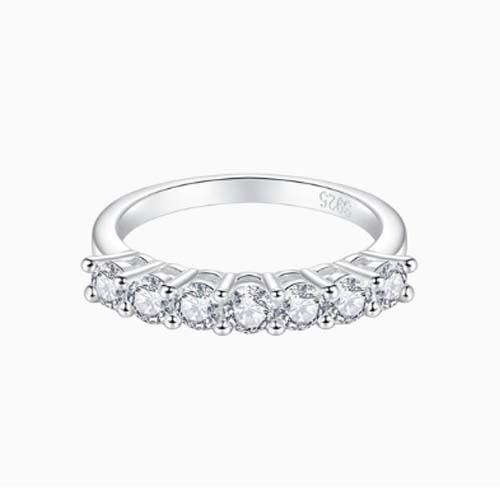
Benefits of Selecting Moissanite Choosing Moissanite has a number of advantages, both morally and practically. Consider this gemstone for the following strong reasons:
- Affordability: Compared to diamonds of similar size and grade, moissanite is substantially less expensive. This makes it a desirable option for those on a tight budget who want luxury without the high cost.
- Ethical and Sustainable: Lab-grown moissanite circumvents the ethical and environmental issues related to diamond mining, in contrast to mined diamonds. Selecting moissanite lessens the ecological effect and promotes sustainable methods.
- Customization: Because moissanite may be cut, shaped, and sized in a variety of ways, it offers designers the freedom to create unique patterns.
- Longevity: Moissanite is a lasting emblem of important occasions because of its resilience, which allows it to maintain its brilliance and beauty over time.
Things to Take Into Account When Selecting Moissanite Even though moissanite has many benefits, there are a few things to think about before buying:
- Appearance: Moissanite has a distinct glitter that some could characterize as more vibrant or flaming despite its near resemblance to diamonds. In larger stones, this difference is most apparent.
- Resale Value: Because moissanite is prized more for its ethical and aesthetic attributes than for its rarity, it usually has a lower resale value than diamonds.
- Cultural Perceptions: Diamonds have always been connected to luxury and tradition. Diamonds might continue to be the go-to option for people trying to fit in with certain traditions or win over society.
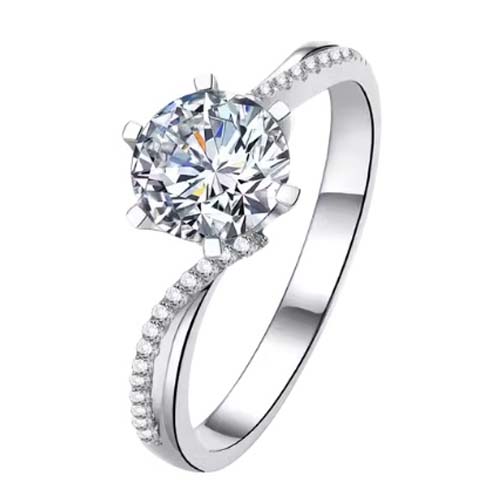
Using Moissanite in Contemporary Jewelry Moissanite has made a name for itself in modern jewelry design, appearing in everything from pendants and earrings to engagement rings. In order to maximize its brilliance, moissanite is frequently set in gold or platinum and used as the focal point of rings by many jewelers. Because of its affordability, it can also be used for bolder, more lavish designs that might be too expensive when diamonds are used.In men’s jewelry, moissanite is also becoming more popular. Sleek cufflinks, tie pins, and rings highlight the gemstone’s adaptability.
Moissanite’s appeal among environmentally concerned buyers has been further boosted by the growing interest in ethical luxury and sustainable fashion. Moissanite ring jewelry is a gemstone with its own distinct charm and qualities, making it more than just a substitute for diamonds. It is a deserving competitor in the world of fine jewelry because of its unparalleled brilliance, robustness, and moral appeal. Moissanite ring jewelry is a glittering option that complements contemporary ideals and classic elegance, regardless of whether you are drawn to it for its beauty, affordability, or sustainability.

